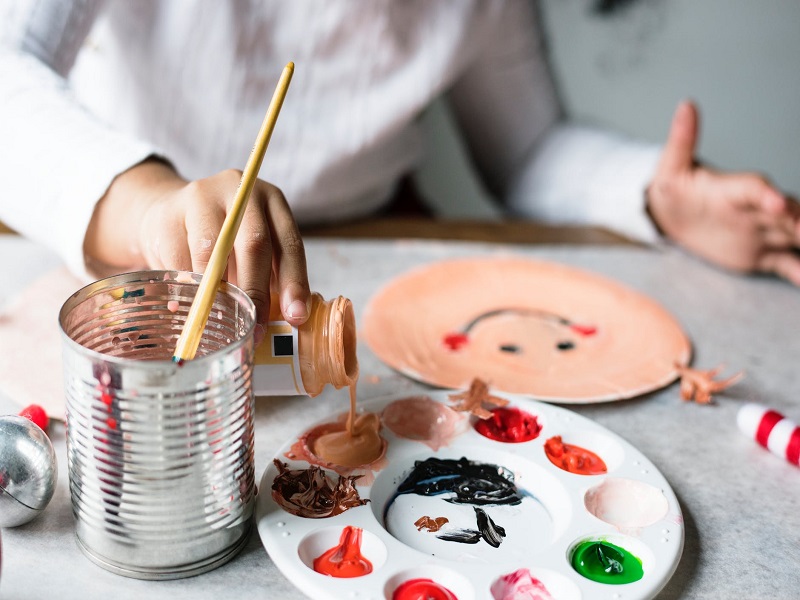via All Pro Dad: One of the most innovative companies of the last century is the Danish toy company LEGO, meaning “Play Well”. It was originally a wooden toy making company founded by woodworker Ole Kirk Christiansen. Left to raise four sons after his wife’s death, he made wooden toys from the scraps in his workshop during the Great Depression. Eventually, each of his sons would join the business. Believing plastic toys to be the future, he bought a plastic molding machine. Three of his sons thought abandoning wooden toys was so ludicrous they started a competing toy company still based in wooden toys. Only one son, Godtfred, remained with Lego. The plastic molding machine proved to be a stroke of genius and illustrated a firm understanding of the direction the toy world was headed. It eventually produced the same Lego building brick that litters carpets all over the world.
Godtfred continued his father’s innovative spirit by taking the company and the toy world to the next level. While visiting a toy fair in London, he spoke to a buyer who suggested making toys that were related to one another. Godtfred took the idea back to Lego and they began to produce brick sets that fit together and minifigures that were to scale of the structures. In essence, they created an entire system of play. It was nothing short of innovative brilliance.
Teaching our kids to be innovative will help them be more creative and sharpen their minds. Here are the best ways to teach kids to be innovative:
Building Toys
Building toys give kids the opportunity to explore many new possibilities. LEGOs are the obvious place to start given the introduction. However, there are also Lincoln Logs, Erector Sets, Roominate, Picasso Tiles, and many more. LEGO also has competitions, which even includes teaching innovation in programming and robotics.
Strategic Thinking Games
Some of the most useful innovation is in the area of organization and strategy. Playing strategy thinking games, such as Monopoly, Stratego, Checkers, Chess, Battleship and others will train their mind to think of out of the box solutions.
Interesting Questions and Scenarios
Getting kids to think outside the box doesn’t take much, but some of the best innovation comes when we place restrictions around something. It’s innovating inside the box. Give them a crazy situation with rules and see what their mind produces. The right questions can get the mind going. Here are a few examples:
- What playground toys would there be if gravity didn’t exist?
- How would you present something at “show and tell” if you had to do it under water (not able to use audible words)?
- In what ways could you help people if you could jump 30 feet in the air as a superpower?
Drawing Times
If you are looking to calm the kids down and work their mind, have them sit down and draw; however, give them an assignment. Tell them to draw the following or come up with other ideas: dream house, a flying car, spaceship, a superhero showing the powers he/she has, a new toy, a new animal species, their dream room, their own country (name, land shape, and place names).
Culinary Arts
Have your kids pair different ingredients together to make new forms food. Let them try strange flavor combinations then have them name their new creation. They can experiment making a new kind of sandwich, dessert, pizza (shape, size, ingredients), shake or smoothie, etc.





